Also known as Schloss Ludwigsburg, Ludwigsburg Palace is an enormous palace complex situated in Baden-Württemberg in southern Germany. Consisting of 452 rooms spread across 18 buildings, the palace sits in a 79-acre estate featuring lush gardens, making it the largest palatial estate in Germany. As a result, it has been nicknamed ‘the Versailles of Swabia’.
You might also like: Best palaces in Germany.
A Guide to Ludwigsburg Palace In Germany
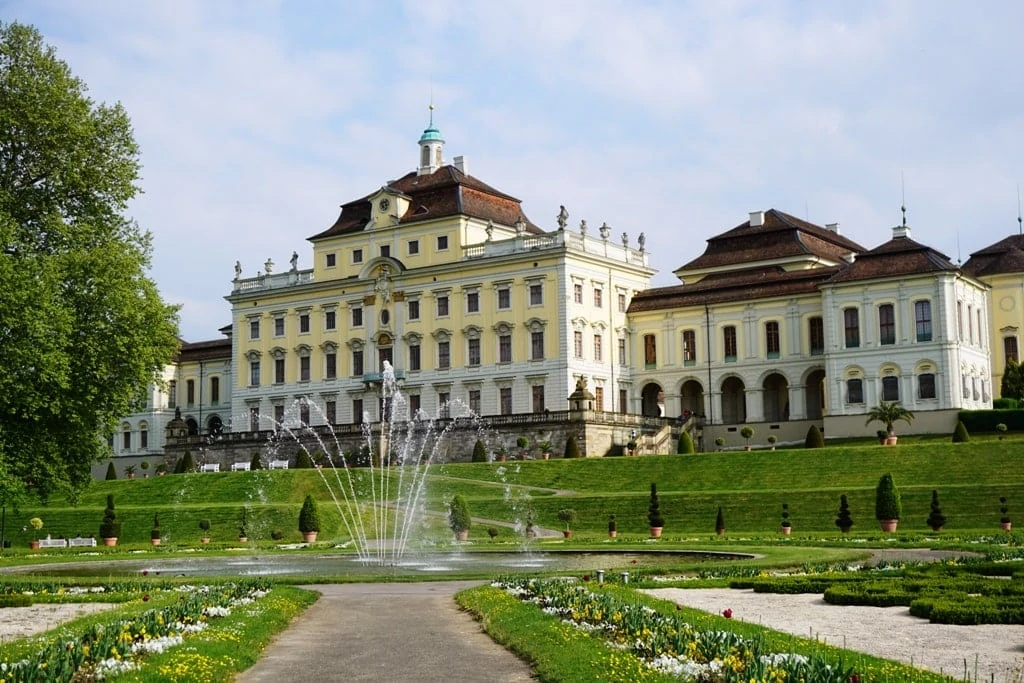
History of Ludwigsburg Palace
The origins of Ludwigsburg Palace are rooted in regional political machinations from the early 18th century. The 10th Duke of Württemberg, Eberhard Louis, had led his duchy into the War of Spanish Succession in 1701 against France and their ally, his regional rival the Electorate of Bavaria. Although Württemberg was invaded early on in the conflict, Eberhard Louis participated in the 1704 battle of Blenheim which saw France and her allies defeated.
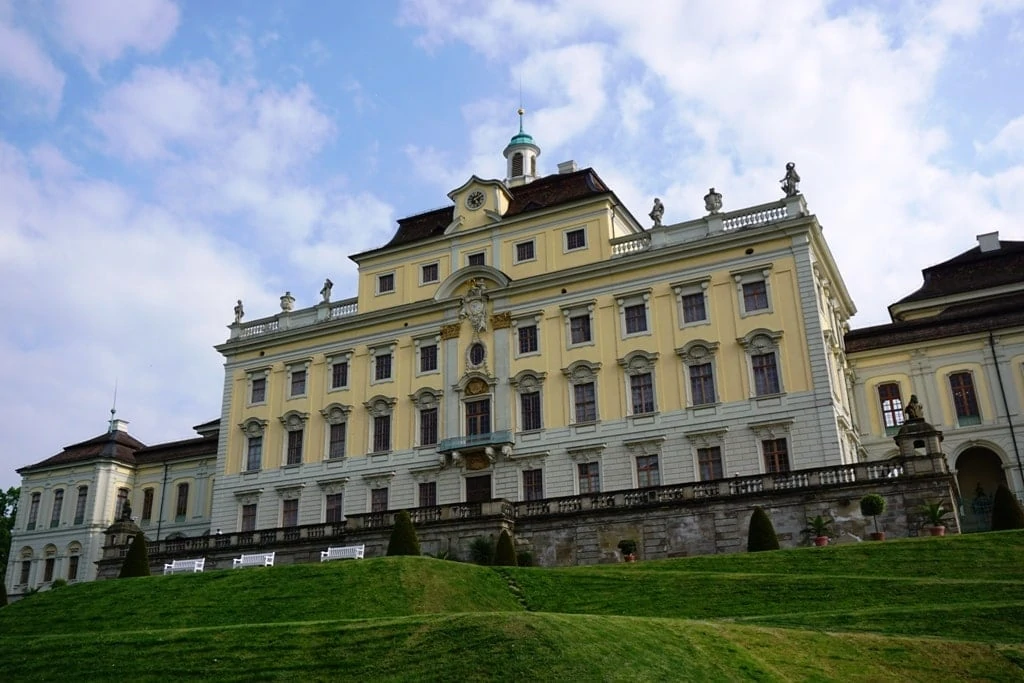
He was subsequently able to occupy Bavarian territory for a time until the 1713 treaty of Utrecht restored Bavarian lands. As part of his political designs to dominate the region, Eberhard Louis constructed the opulent Ludwigsburg Palace as a statement of his wealth and authority.

Construction of the palace began in May 1704, and the duke himself took a keen interest – he laid the first stone of the structure and studied architecture in order to understand and direct the project. By 1707 it had become clear that the enormous estate would need a nearby town to support it, and as a result the settlement of Ludwigsburg was founded. The huge cost of the project elicited a great deal of resentment towards the duke from both his court, and the general population at large.
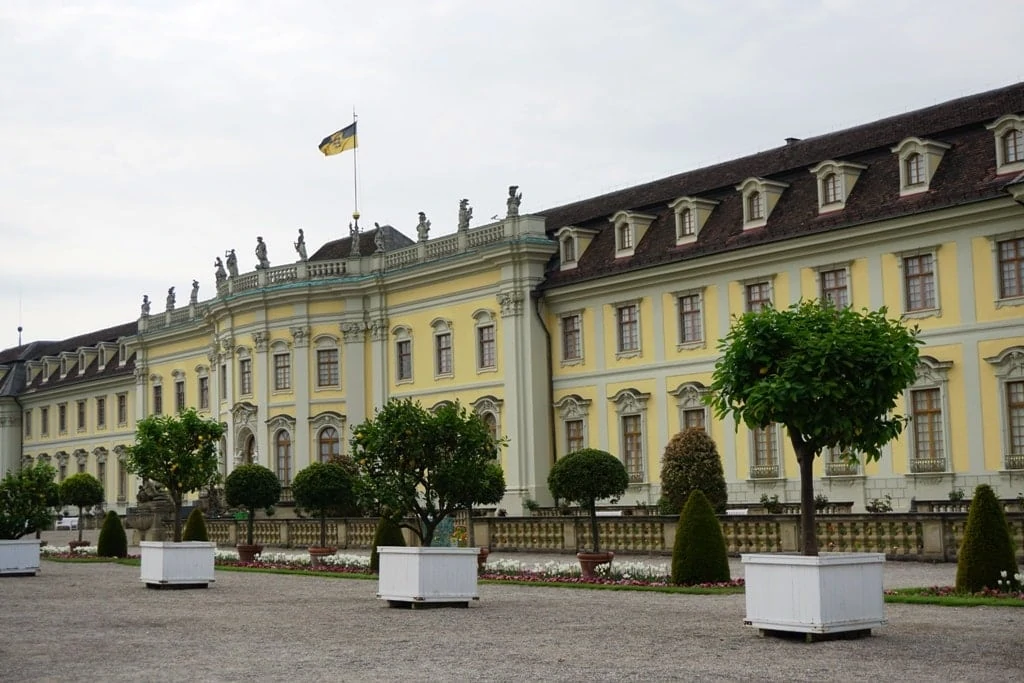
The structure of the Alter Hauptbau, the main building of the palace, was completed in baroque style in 1707, and the east and west wings, known as the Ordensbau and Riesenbau respectively, were completed in 1709 and 1713. By 1714 their interiors were also complete. When the engineer in charge of overseeing construction, Nette, died in 1714, he was replaced by Frisoni, who began by completing the chapels of the palace complex, the Schlosskapelle and Ordenskapelle in 1716 and 1720.
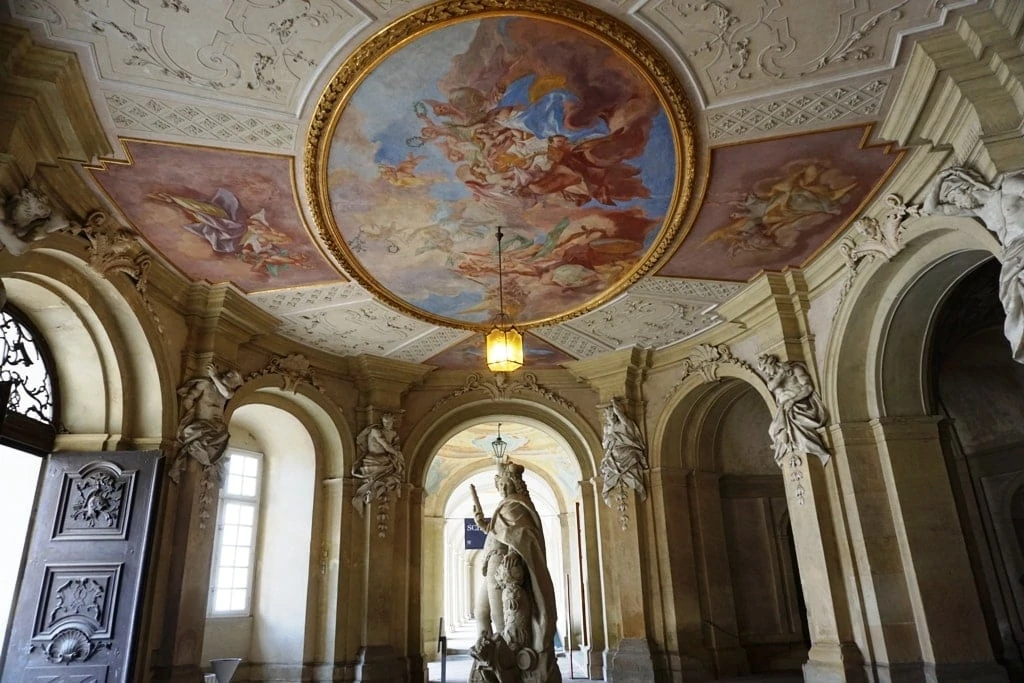
By 1721 the Duke had run out of room in the Alter Hauptbau and ordered the construction of a new, much larger main building. In response, Frisoni built an enormous three-story structure known as the Neuer Hauptbau at the southern end of the palace complex, connecting it to the existing buildings through two corridors, the Bildergalarie and the Ahnengalarie. By 1733 all construction work was finished, except for some interiors – the entire project had cost the duchy of Württemberg three million Florins. Eberhard Louis died in the year that the palace was completed.
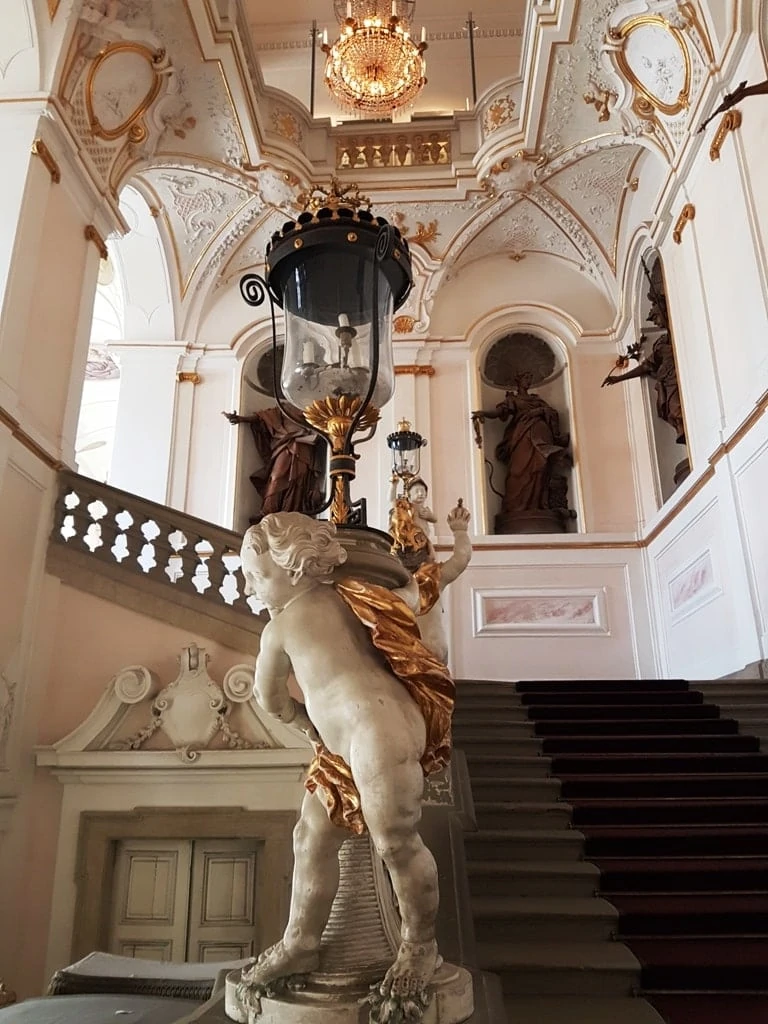
The new duke of Württemberg, Charles Alexander, moved his court back to Stuttgart and ended funding for the palace, which had become a symbol of excess and was known as ‘Sin Palace’. The builder of Ludwigsburg, Frisoni, was actually charged for embezzlement, such was the notoriety of the project. After the death of Charles Alexander, the new duke Charles Eugene did in fact use the palace as a residence, and it continued to be used as a residence by the house of Württemberg until the early 19th century.
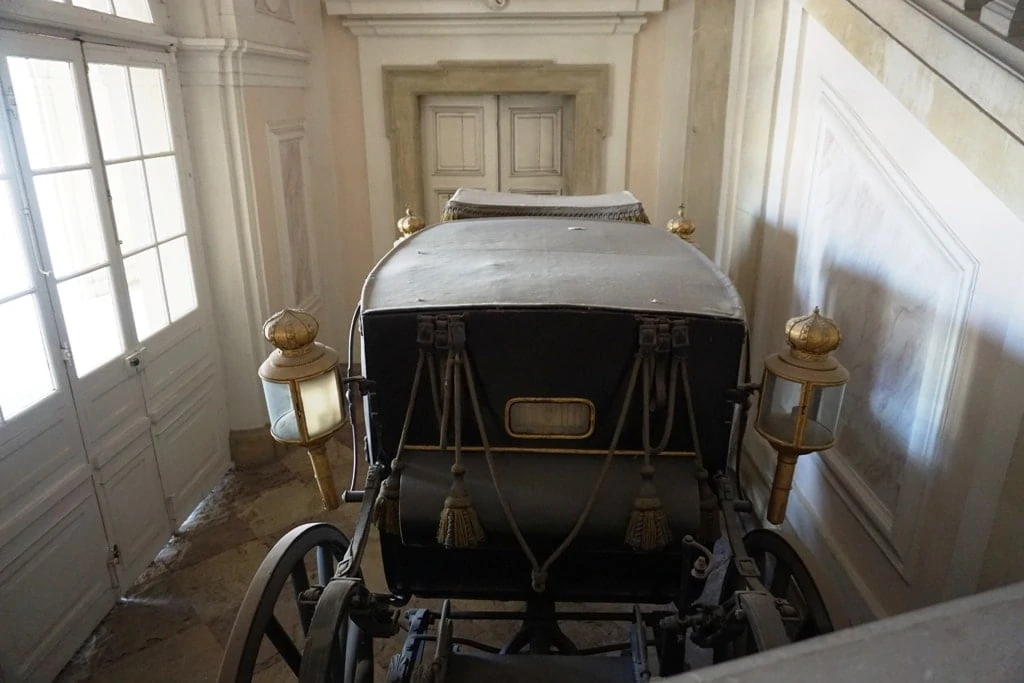
Over the years, many modifications were made to Eberhard Louis’ original palace. From 1758-9 a theatre was added, with a stage, machinery, and auditorium, while a wooden opera house was constructed from 1764-5. Following Napoleon’s invasion of Württemberg in 1800-1801 and the subsequent treaty of Luneville, in which duke Frederick II was made Elector-prince Frederick I, the palace was redecorated in neoclassical style.
You might also like: The best castles near Stuttgart.
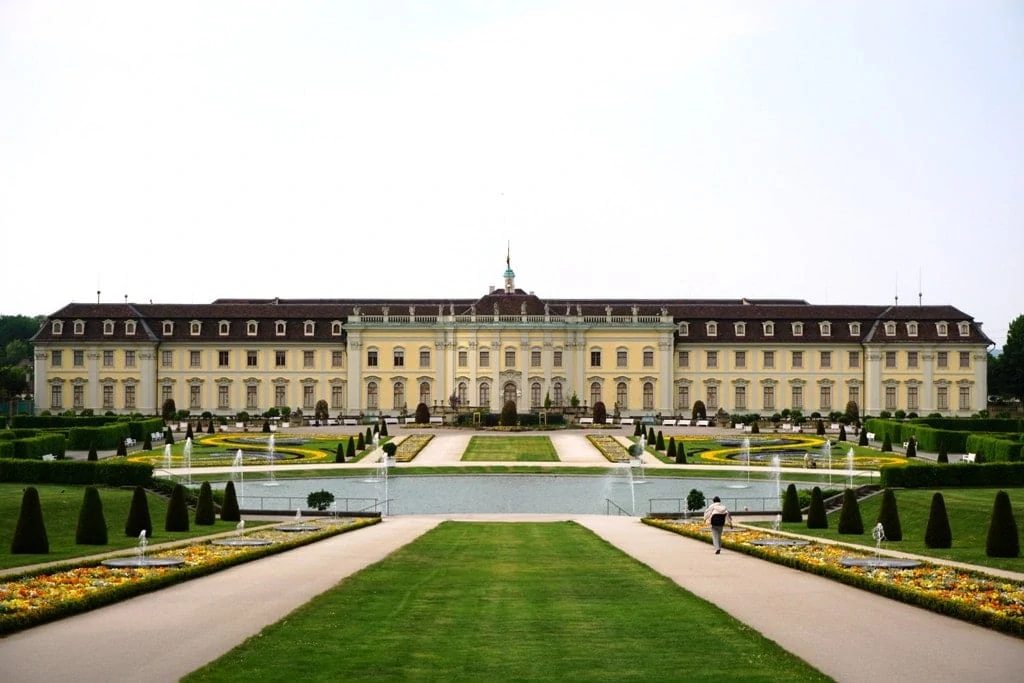
From 1803 until Frederick’s death in 1816, most of Ludwigsburg was remodeled according to the latest fashions. Napoleon himself even visited the palace in 1805 to attempt to persuade Frederick to join the Confederation of the Rhine and become his ally.

On 9th November 1918, the Kingdom of Württemberg was dissolved after the abdication of King Wilhelm II of Württemberg. The palace was opened to the public later that year, and it was regularly used to hold concerts and musical events for many decades afterward.
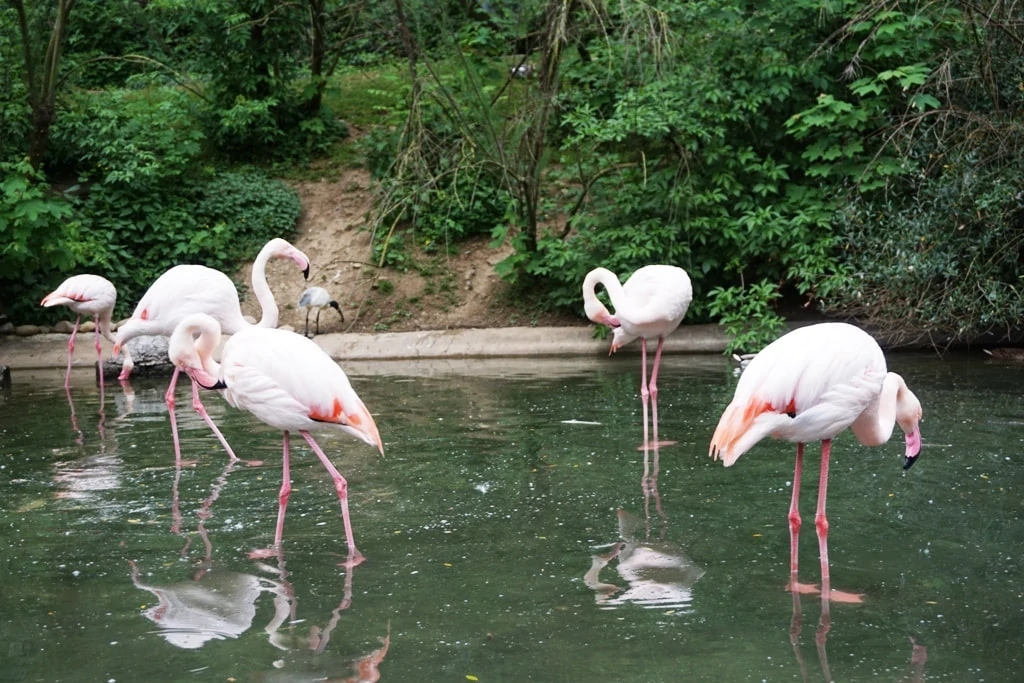
Ludwigsburg Palace escaped damage during World War Two, and restoration efforts were undertaking in the 1950s, 1960s, and 1990s. The site remains a popular tourist attraction to this day and attracted 350,000 visitors in 2017 alone.
Description of Ludwigsburg Castle
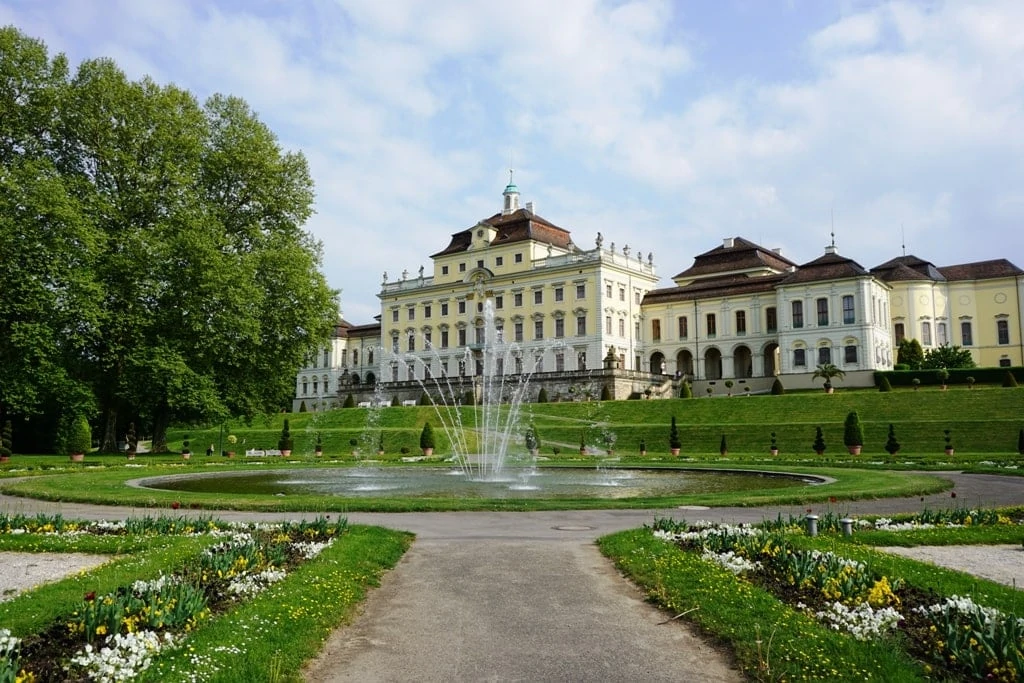
Thanks to its long and varied history, Ludwigsburg Palace displays a variety of architectural styles. Originally built according to baroque fashions, the style of the palace’s baroque elements displays Austrian and Czech influences. Duke Charles Eugene had parts of the palace redesigned in Rococo style, while the neoclassical renovation that occurred between 1803 and 1816 did not adhere to one set design – rather it is a collection of French imperial and renaissance styles, complete with fashionable Egyptian motifs.
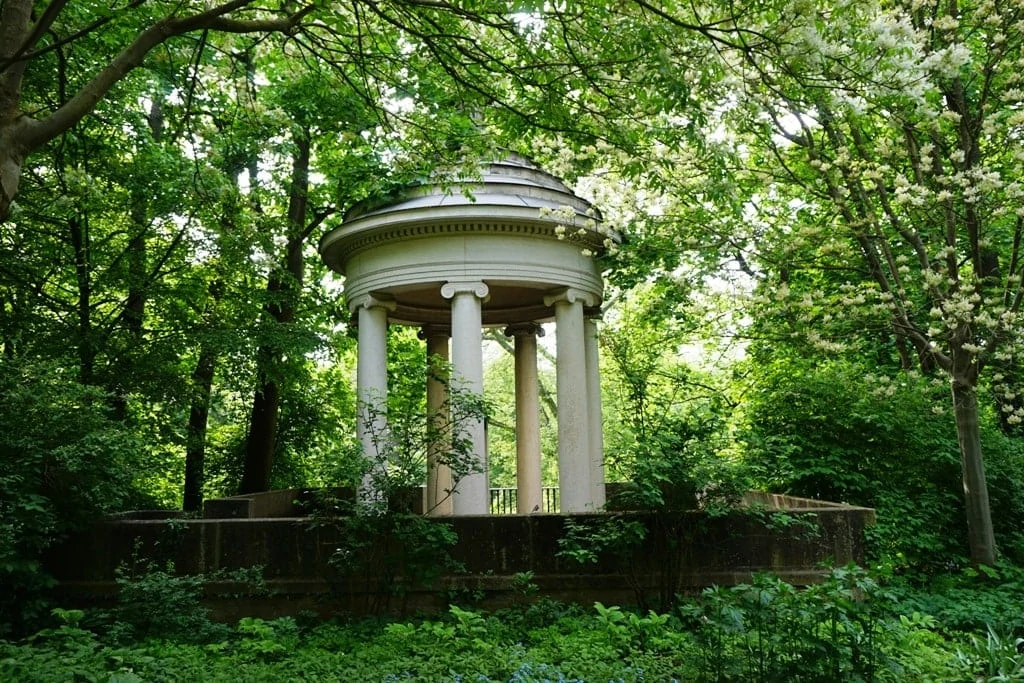
The palace complex is based around four wings. The north wing, the Alter Hauptbau, is the oldest part of the palace, the original three-storey main building. The east wing features a chapel, theatre, and residential rooms restored to their original baroque interiors. The west wing was named Ordensbau in reference to the Order of the Golden Eagle (order of chivalry in Württemberg) and contains residences, a banquet hall, the order chapel and the western cavaliers’ building. The southern wing, the Neuer Hauptbau, is the new main building constructed to house the royal family and the court of Württemberg.
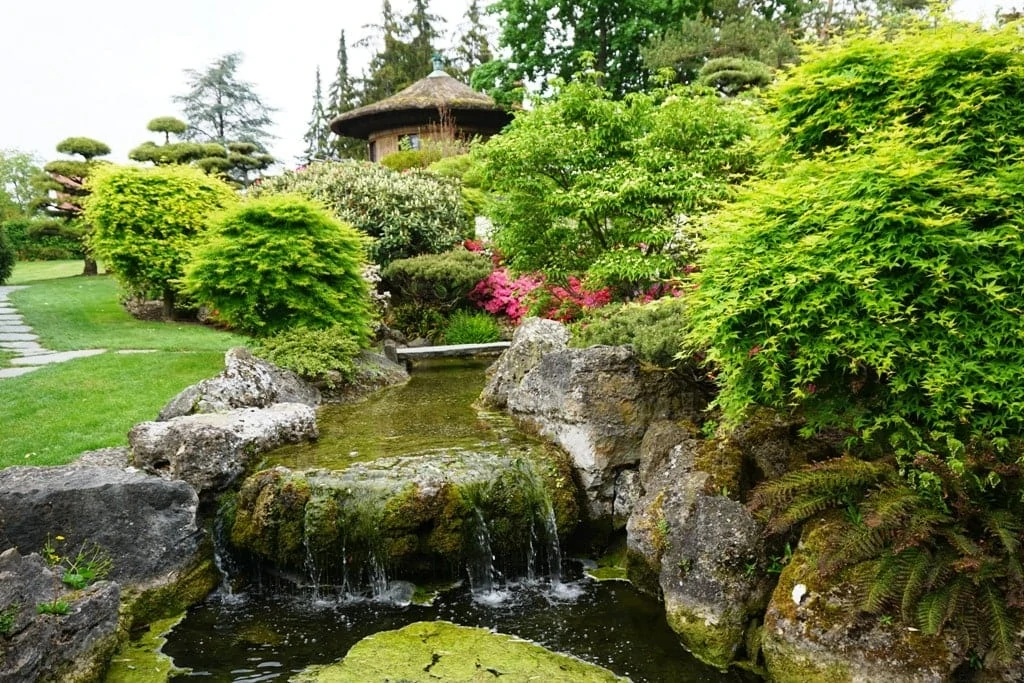
The Ludwigsburg Palace is surrounded by a series of elaborate gardens, including an Italian terraced garden to the north and a French symmetrical garden to the south. Both gardens were extensively remodeled, and an English landscape garden was added to the east. In the early 1950s the gardens were completely restored as part of an enormous project – today they attract hundreds of thousands of visitors each year.
Visitors Guide to Ludwigsburg Palace
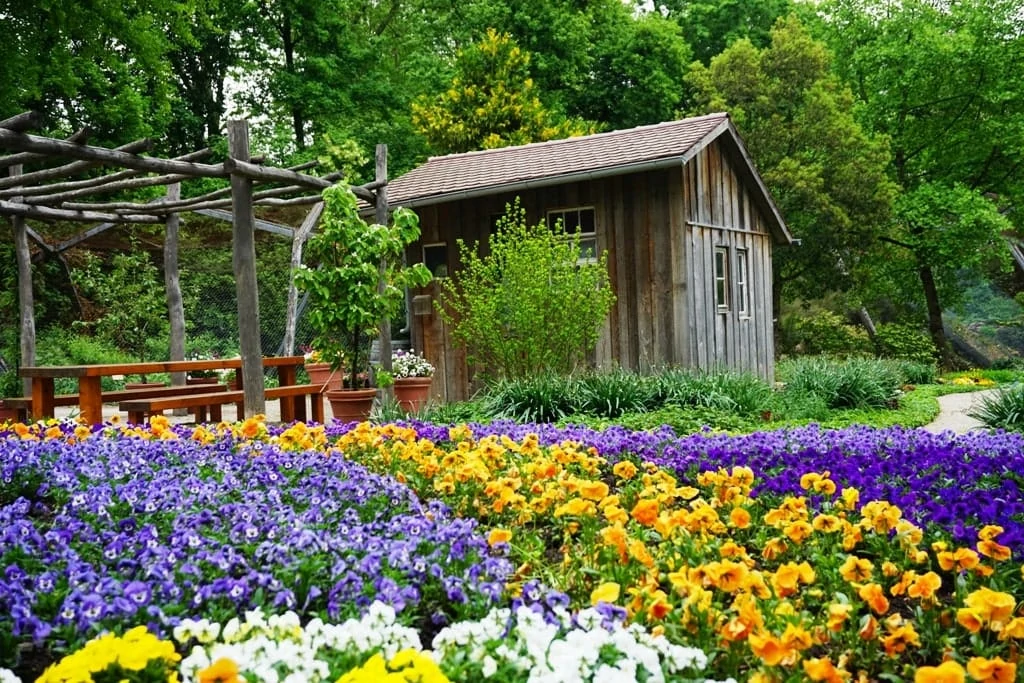
The Palace is open year-round, from 10 am until 5 pm each day. It may only be viewed as part of a guided tour – these cost €8.50 for adults and €4.50 for children. For €20 access can be gained to both the palace and gardens. Ludwigsburg is a 20-minute drive from the center of Stuttgart, or 30 minutes by train – the palace is only a 10-minute walk from Ludwigsburg station.
